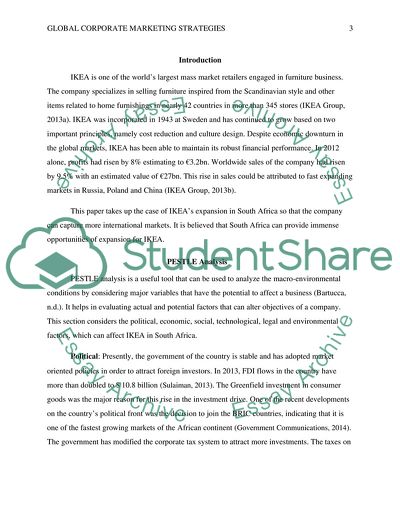Cite this document
(Global Corporate Marketing Strategies (Business and Management) Case Study, n.d.)
Global Corporate Marketing Strategies (Business and Management) Case Study. https://studentshare.org/marketing/1833257-global-corporate-marketing-strategies-business-and-management
Global Corporate Marketing Strategies (Business and Management) Case Study. https://studentshare.org/marketing/1833257-global-corporate-marketing-strategies-business-and-management
(Global Corporate Marketing Strategies (Business and Management) Case Study)
Global Corporate Marketing Strategies (Business and Management) Case Study. https://studentshare.org/marketing/1833257-global-corporate-marketing-strategies-business-and-management.
Global Corporate Marketing Strategies (Business and Management) Case Study. https://studentshare.org/marketing/1833257-global-corporate-marketing-strategies-business-and-management.
“Global Corporate Marketing Strategies (Business and Management) Case Study”. https://studentshare.org/marketing/1833257-global-corporate-marketing-strategies-business-and-management.


